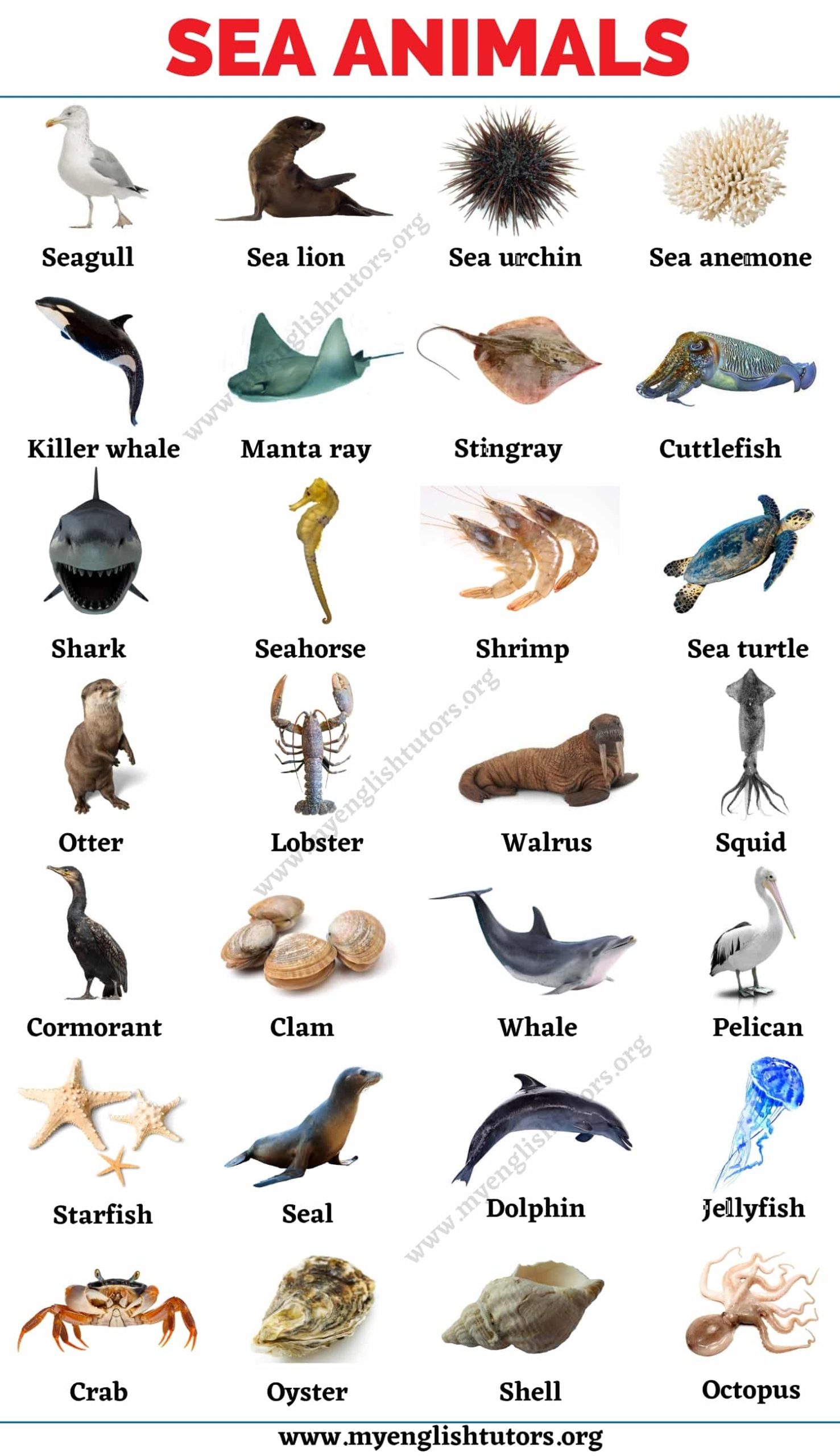By the time they reach the slaughterhouse, animals are scared, hungry, and exhausted. Cows, pigs, and sheep are unloaded from the transport container and taken to the lairage where they wait till the time comes for them to be killed. The journey from the farms where the animals are raised to the slaughterhouses the place they are killed is long, often crossing state traces and even worldwide borders. Throughout this, animals are trapped inside steel transport containers that offer little to no safety from hazardous climate conditions. In one tragic incident in 2018, 34,000 chickens who had been left on a truck in a single day froze to demise. Water is often taken away from animals quickly earlier than employees begin amassing them for transport. Due to the sheer variety of people being loaded onto trucks, this process usually takes a very long time, leaving the animals without something to drink for several hours.
For instance, rising ocean temperatures in hotter areas prohibit the circulation of deep-sea vitamins that feed the phytoplankton, a microscopic marine organism responsible for half of all primary production. Geological Survey, which means these creatures, that are essential items of the aquatic food chain, are unable to sustainably multiply.
Help us make scientific knowledge accessible to all
Whether you’ve a dog, cat, horse, parakeet, gerbil, bearded dragon, or other enjoyable pet, providing regular, life-long veterinary care is important for maintaining your pet and household wholesome. Talk to your pet’s veterinarian about how to maintain your pet healthy.
Follow Us
Pigs are commonly surprised or killed with high concentrations of carbon dioxide. This involves them being lowered into a gas chamber the place some try forcefully to escape earlier than writhing in pain as they slowly suffocate. Alternatively, electrodes may be applied to the animal’s head and again to cause cardiac arrest and kill them. This painful process, often recognized as electrocution, is not necessarily a reliable technique of slaughter, and the animal might have to have their throat slit to cease them from regaining consciousness. For pigs and sheep, electrical stunning or electronarcosis entails a pair of tongs that send a present through the mind. The results of this, a lack of consciousness and violent muscle contractions, intently resemble an epileptic seizure. If there are any delays between this and sticking, animals can start to recover before they die.
Then we see that the street again to reestablishing cultures – the solutions to the questions of “how we live in this place” – is tough, usually deadly. Whereas human eyes include three kinds of colour-detecting cells, referred to as cones, canines have just two. Their cone cells are specialised for choosing up yellow and blue-to-ultraviolet gentle. Ironically, culture — a strategy of conformity — depends on people who don’t entirely conform. Without some original, untaught learner or some unschooled teacher, there is not a data or tradition to share; no culture to conform to. A child whale follows their mom to one of the species’ traditional foraging spots, however the one means that such a tradition can start is that, every so often, someone has to interrupt with custom, and go a new method.
Knowable Magazine is from Annual Reviews,a nonprofit writer devoted to synthesizing andintegrating knowledge for the progress of science and thebenefit of society.
A simpler variation on this adaptation is straightforward colour mimicry. In many ecosystems, smaller toxic animals develop a shiny coloration — predators be taught to avoid these colors, lest they get a mouthful of venom. Over time, different, non-poisonous species could develop the identical coloration, cashing in on the nasty status of the poisonous species. Some animal species actually change which pigments are of their skin.
If that wasn’t enough to make them dehydrated, they could then spend up to 28 hours on the highway with out water. The distance of the public from how meat is made helps the slaughterhouse industry to thrive. Yet for the sake of the a million chickens, 14,000 pigs, and four,000 cows killed per hour in the United States, we should always open our eyes to what goes on contained in the four walls of a slaughterhouse. Unfortunately, the FAO solely publishes knowledge on fish in tonnage and never as a rely of the number of individual animals. The visualization within the article above gives estimates for the every day death rely of several land animals.
But Vergassola and others have developed newer versions of infotaxis which are much less computationally demanding. An animal, for example, “can take short cuts, maybe approximate the solution to inside 20 percent, which is fairly good,” says Vergassola, a coauthor of the Annual Reviews article. Odor-sensing robots could have another strategy they can draw on — one which nature may never have give you. In 2007, physicist Massimo Vergassola of l’École Normale Supérieure in Paris, proposed a strategy known wildlife videos as infotaxis, by which olfaction meets the information age. While most of the other strategies are purely reactive, in infotaxis the navigator creates a psychological model of the place the supply is likeliest to be, given the knowledge it has beforehand collected. It will then transfer within the course that maximizes details about the supply of the scent. Search and rescue canines rely on complex odor cues to find victims hidden underneath rubble.



